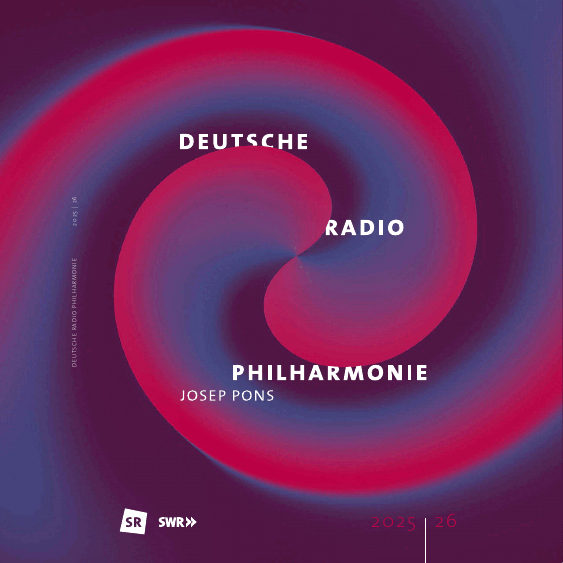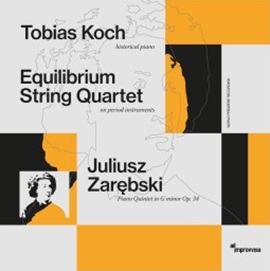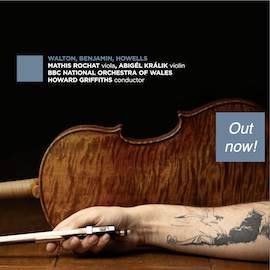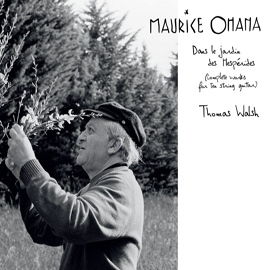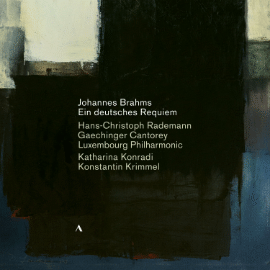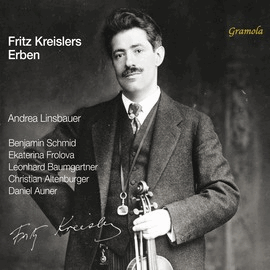The Didactic Guide « How to normalize the Legacy of Women Composers in Cultural Spaces and all Educational Levels » celebrates its second anniversary. It was created by the Women in Music Association in Spain.
In its two years of existence since December 2023, the Didactic Guide has become a recognized and effective tool, known for its ease of use and a key reference in this field.
With its proposal of immediate solutions for programming female composers in all Cultural and Educational Spaces, the Guide demonstrates that the normalization of equitable programming at that 40%-60% or 50%-50% ratio is a reality just as close as the direct application of the references it contains, accessible with a click, both in the music sector and in the cultural sector in general. And this applies at all levels, from the Educational sphere in Schools and Cultural Centers, to the programming of Orchestras, Concert Bands, and Choirs, encompassing the entire spectrum of Chamber Music throughout history and Jazz, in Concert Halls, Auditoriums, Theaters, Radio and Television broadcasting, and online.
The press release says: « We were hoping for a definitive solution to normalize and naturalize the programming of the Legacy of women composers, and that’s what emerged: facilitating and making accessible a Dossier with an immense database of references that, in turn, link to thousands of sources, applicable at all levels of the Educational, Cultural, and Musical Sectors – three pillars of an integrated whole for and within society – that incorporates the infinite Legacy of women composers throughout history in the collective imagination of society.
This Dossier, available for free download, is the most complete compilation of references as a Didactic Guide to date, also in content formats other than sheet music, which makes the ease of standardizing the equitable programming of female composers a given, due to the immediate accessibility of the references that are already there, ready to be applied, communicated and expanded:
– Methodological suggestions for the transcription/adaptation/arrangement of works by women composers as a standardized practice that expands the already vast repertoire, with a didactic application model—starting from conservatory/music school subjects, but applicable to different Educational Levels and Cultural Spaces—and numerous learning experiences.
– Multiple references to sources of scores for all instrumentations of women composers.
– Biographical biographies and websites of women composers.
– Lists of women composers by birth, alphabetical order, and country.
– Playlists of works by women composers.
– Journals specializing in musicological articles about women composers.
– Materials on Music Education and Gender, Pedagogy of the canon of female composers/of female role models and Feminist Musicology.
– Audiovisual resources about women composers.
– Informative portals and websites about women composers.
Many of these references are also included and made accessible in the AMM’s Collaborative Catalog of Women Composers’ Repertoire (which is constantly being updated). The Guide is further complemented by the « Calendar of Women Composers » (January 2024), which is the most comprehensive Dossier of its format to date, compiled throughout the year and also available in its Original version in Spanish as « Calendario de Compositoras ». All of them can be accessed at https://www.mujeresenlamusica.es/recursos/ on the Women in Music Association in Spain website.
For the didactic guide click here.



